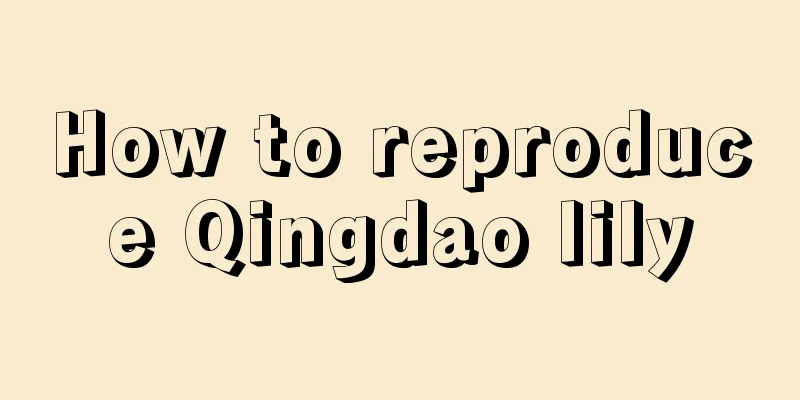Treatment methods for root rot of Weeping Goddess of Water

Causes and countermeasures of root rot of Weeping Goddess of MercyOverwateringThe weeping angel is a tropical rainforest plant that prefers a semi-shaded and humid environment. Therefore, people usually deliberately increase the frequency of watering, frequently spray water on the leaves, and increase the air humidity, which can easily cause water accumulation and root rot. Do not water too frequently. Do not water unless the soil is dry. Just water it thoroughly once the soil is completely dry. Poor ventilationThe roots of the weeping angel are prone to root rot in summer. Summer is hot and humid. If ventilation is not good, the soil in the pot will be too wet, which will hinder the growth of the roots of the weeping angel and cause root rot. Therefore, the flower pots should be placed in a ventilated place indoors. Treatment methods for root rot of Weeping GuanyinSpecific steps1. Insert a small wooden cabinet into the soil next to the roots of the weeping angel, peel off the soil and roots little by little, and remove the rotten roots completely. 2. Cut off the rotten roots. 3. Cut off all branches and leaves. 4. Rinse in clean water, then soak in carbendazim or potassium permanganate solution for 5 minutes, rinse with clean water again, and place in a ventilated place to dry for a day. 5. Disinfect the flower pots and new soil. The new soil must have good air permeability, and sandy soil is best. 6. If the new soil is too dry, you can water it with a little rice water. In the future, it is better to have less water than too much. Insist on not watering until the soil is dry. Don't bury the roots too deep. If the root rot is not too serious, you don't need to follow the above steps. If the rotten root part is above the potting soil, you can dig out the rotten part, apply agricultural streptomycin to the wound, and water the roots with diluted carbendazim solution, which can also cure the root rot. What to do if the roots of the hydroponic weeping angel rotWhen the weeping angel is hydroponically cultivated, root rot is a common problem, which is mainly caused by poor water quality, unsuitable environment and large differences in water temperature when changing water. The water level should not be too high. Do not put all the roots in the water. It is enough to cover 2/3 of the root system to prevent root rot. Clean the inside of the container frequently to prevent moss from growing. Note: When handling the weeping angel, be sure to wear gloves to prevent the juice from splashing onto your skin!
|
<<: Treatment methods for root rot of Crinum orchid
>>: What to do if the roots of hydroponic Anthurium rot
Recommend
How to breed Qingshengjin
1. Cutting propagation of Qingshengjin 1. Time fo...
Key points of garfish breeding technology
The catfish, scientifically known as Pelteobagrus...
Management of sunflowers in four growth stages
Management of sunflower growth stages Seedling st...
Is Jasmine a shade-loving or sun-loving plant?
Does Jasmine prefer shade or sun? Jasmine is a su...
Tips to permanently get rid of ants. What are ants afraid of?
1. Rubber Band Ants are afraid of the smell of ru...
Can I use soapy water to treat black spot disease of green radish?
1. Can it be used? If the green radish has black ...
How long is the growth cycle of motherwort?
Introduction to the growth of motherwort Motherwo...
Common diseases of Saxifraga and their control methods
Common diseases of Saxifrage: Botrytis cinerea Sy...
How to grow Photinia chinensis bonsai
Watering The photinia bonsai is suitable for grow...
Is the hanging bamboo plum poisonous? Can it be grown indoors?
Is the hanging bamboo plum poisonous? Is the hang...
My sister wrapped a piece of toilet paper on the branches, and they took root in 5 days, and 1 pot of flowers turned into 10 pots!
Osmanthus fragrans ordinary layering Ordinary lay...
What flowers are suitable for growing in Xishuangbanna? What are the city flowers and trees?
1. Climate characteristics of Xishuangbanna Xishu...
When is the best time to plant Kalanchoe?
Many flower lovers say that they cannot keep any ...
What metaphor does wintersweet have in Feng Shui? Is it suitable for planting in the garden?
1. Metaphor in Feng Shui From the perspective of ...
Can passion fruit seeds be eaten? Do I need to chew them?
1. Can the seeds be eaten? In fact, its seeds are...









